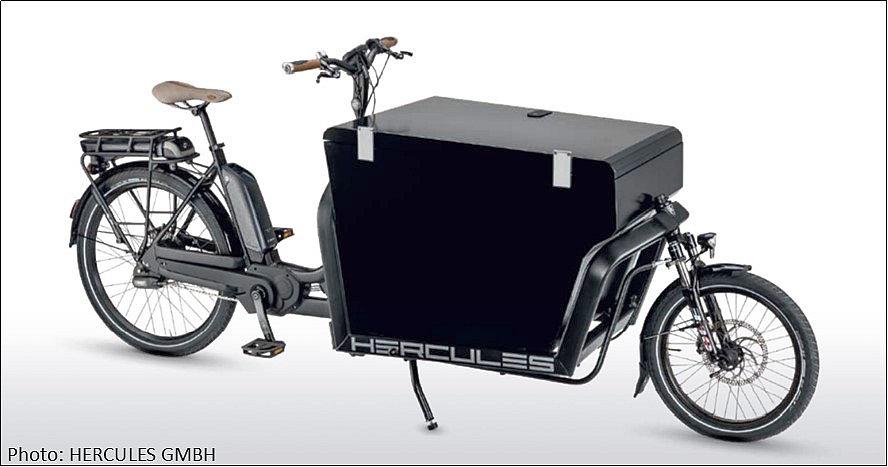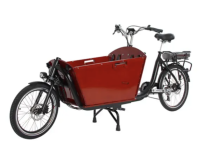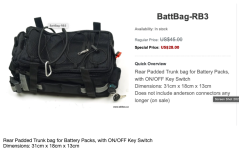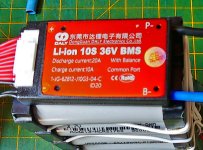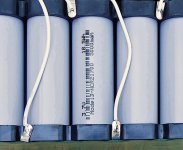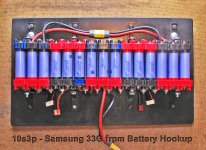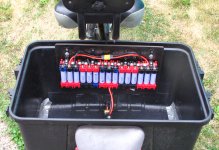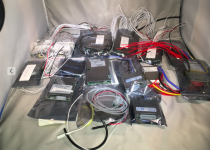I am considering buying a cargo bike, and it only comes with a rear rack battery option. The videos I found about batteries always examine the Hailong style downtube batteries. Does anyone have videos explaining the construction of rear rack batteries?
Below is a photo the vendor sent me of a 36V battery. Am I looking at 4 parallel packs of batteries in series of 10? Beyond the worse handling of a higher mounted rear rack battery, are there technical disadvantages of this setup vs Hailong/shark batteries which usually are a series of 10 packs of 4 parallel batteries? (E.g. is one style safer or more tolerant of misbalanced cells? )
I noticed that EM3EV doesn't sell rear rack batteries, which is a shame. Wondering if there was a reason for that...
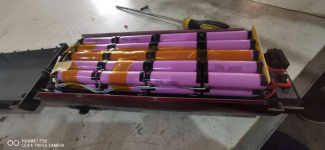
Below is a photo the vendor sent me of a 36V battery. Am I looking at 4 parallel packs of batteries in series of 10? Beyond the worse handling of a higher mounted rear rack battery, are there technical disadvantages of this setup vs Hailong/shark batteries which usually are a series of 10 packs of 4 parallel batteries? (E.g. is one style safer or more tolerant of misbalanced cells? )
I noticed that EM3EV doesn't sell rear rack batteries, which is a shame. Wondering if there was a reason for that...



